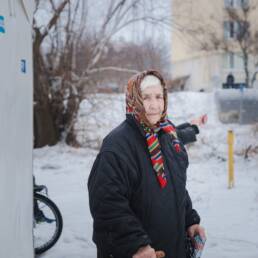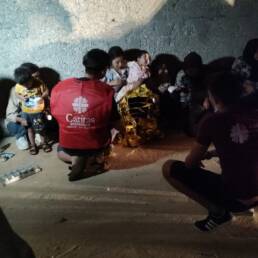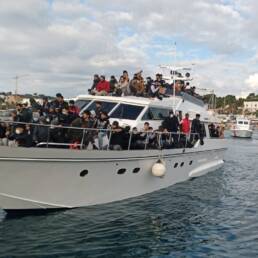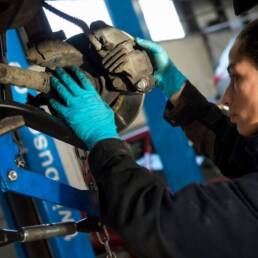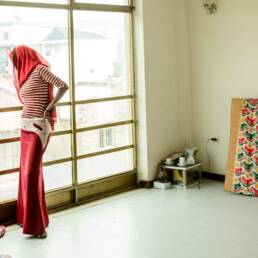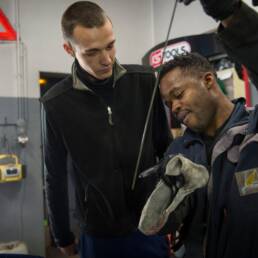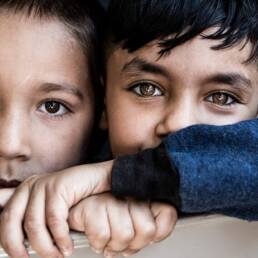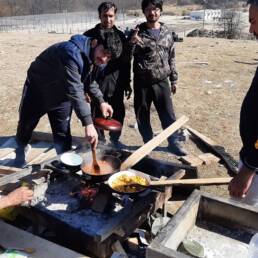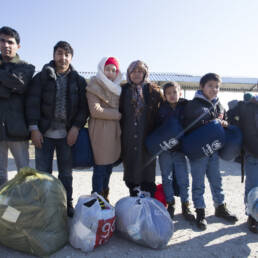Author
Silvia Sinibaldi
Humanitarian Director
Tel: +32 (0)2 235 03 95
Mob: +32 (0)478 58 54 08
ssinibaldi@caritas.eu
Since September 2020, when the conflict in the territory of Nagorno-Karabakh re-erupted between Armenia and Azerbaijan, some 90,000 people have been displaced to Armenia, most of them women and children.
Today, over 36,000 of the displaced people remain in a refugee-like situation in Armenia with no plans to return home for the foreseeable future, despite a ceasefire signed in November 2020. Many of the displaced are hosted by local families; however, the burden on the hosting households that were previously socioeconomically stable is starting to show, as they now struggle to pay for rent, utilities and food.
Armenian Caritas has been supporting the displaced persons and the host communities. From October 2020 until January 2021, Armenian Caritas helped more than 6,700 families. Since then, Caritas has been providing food and non-food items, medical supplies, clothes, funds for utilities and rent, and psychosocial support to more than 1,300 households.
Before moving to Armenia, Ani lived with her husband and five-year-old daughter in the village of Mamark in the Kashatagh region of Nagorno-Karabakh (Artsakh). The young family had many dreams and goals, but everything collapsed in a day. On the first day of the war, Ani fled to Armenia with her daughter. In the chaos, she did not bring anything from home, not even warm clothes. The village is now controlled by Azerbaijan and they cannot go back. But the family was extremely happy to learn that they are going to have a new baby despite the war causing many hardships, including a lack of basic necessities, food and clothing. The family was provided with food, bedding and hygiene kits through a Caritas project. Ani was most pleased with the items needed for the baby’s care. She does not feel alone in Armenia: there are people and organisations that are by her side, and families like hers. Today Ani has only one wish – for all children to be born under a peaceful sky…
In March 2021, Armenian Caritas launched a 12-month project, which will support 3,000 persons (600 conflict-affected households) with shelter and livelihood assistance in the Shirak and Gegharkunik regions. The project consists of three main activities: doing minor repairs to substandard shelters, providing tools, agricultural equipment or livestock to displaced families so that they can resume their livelihoods, and a mapping of emergency assistance, health services and vocational training and education so that displaced families can be referred to and access these services.



